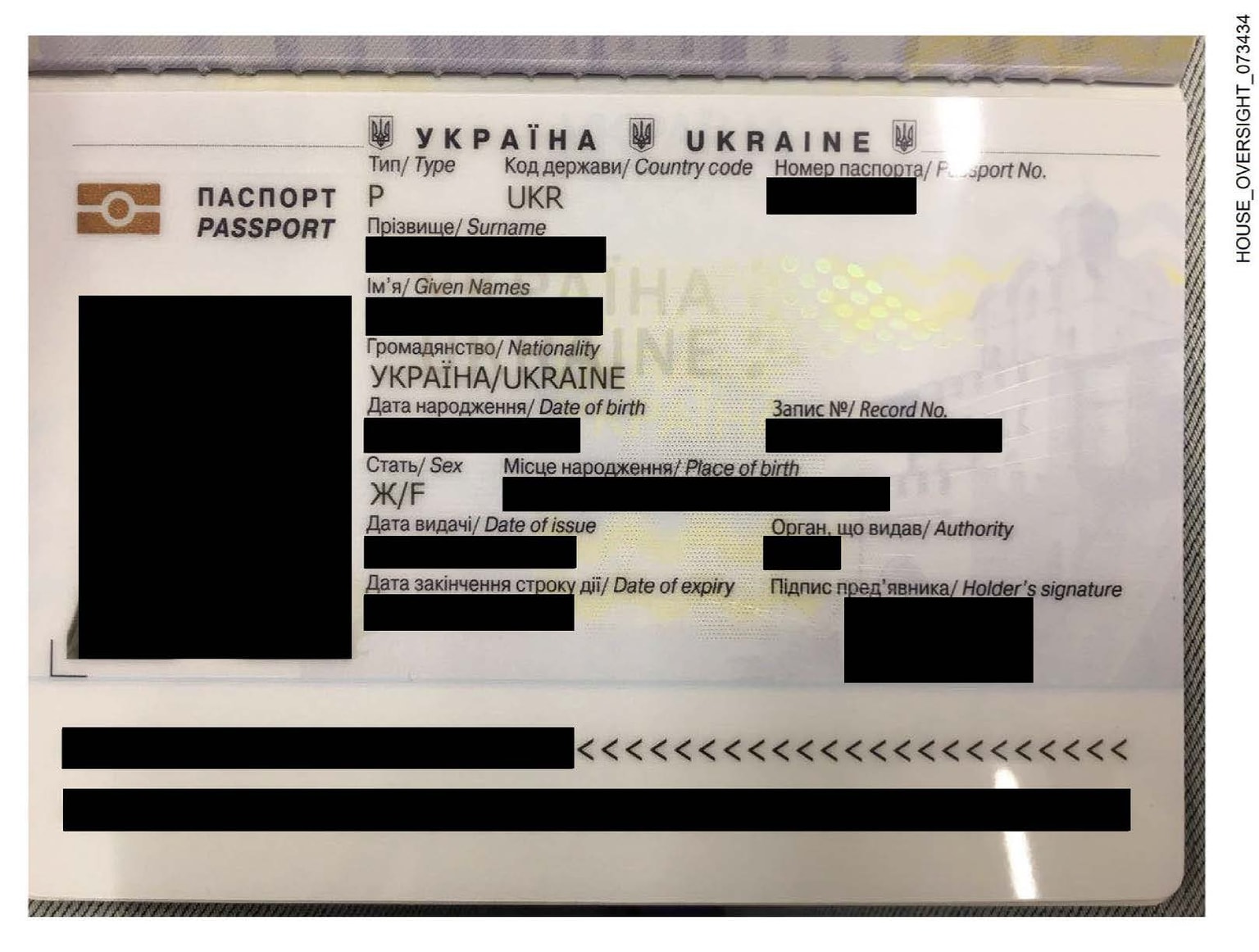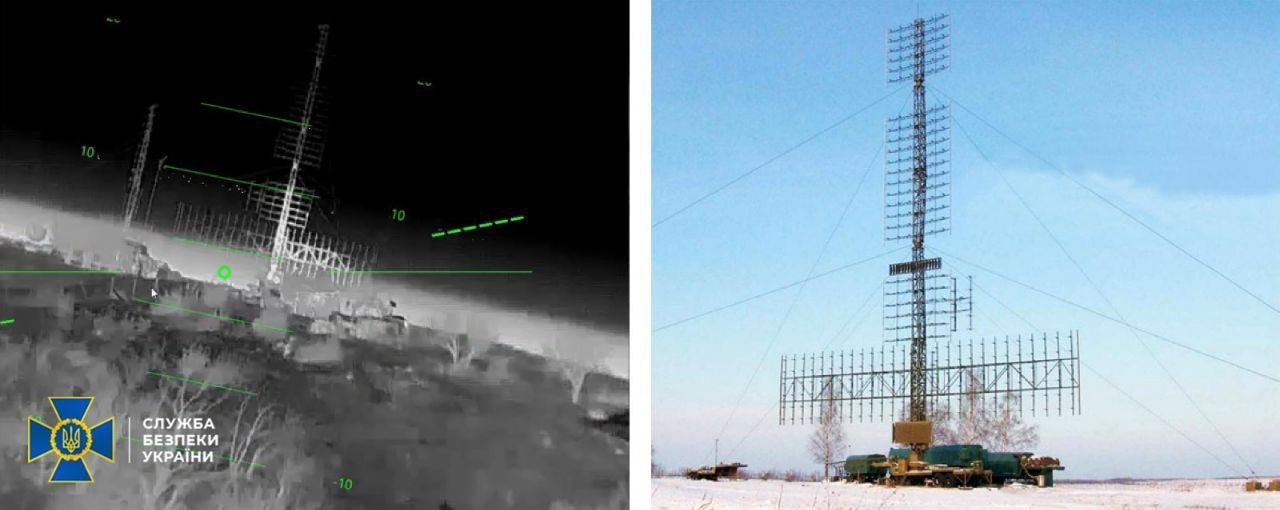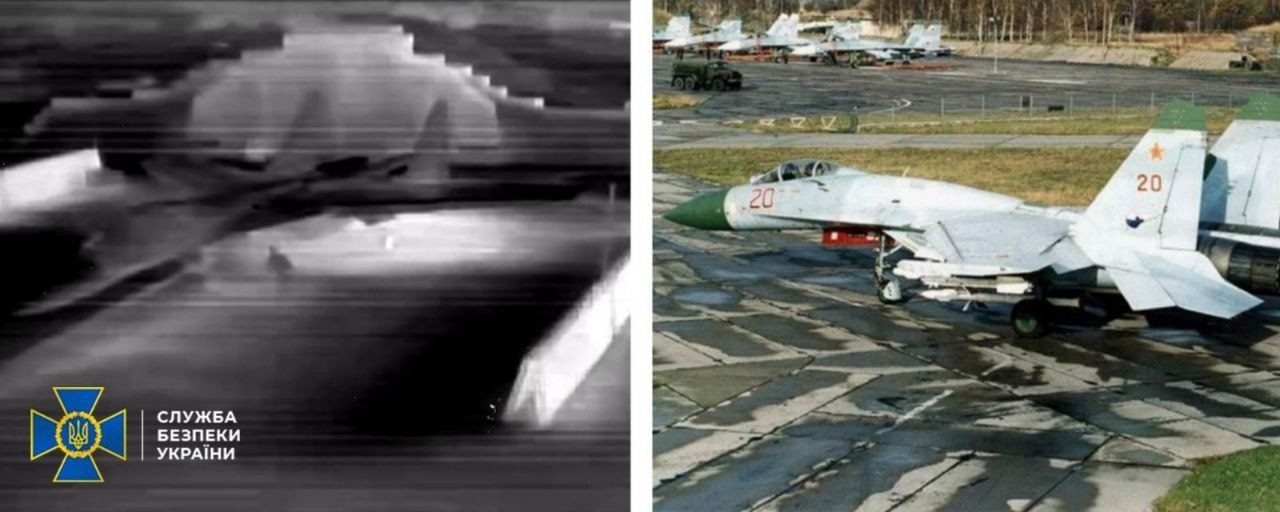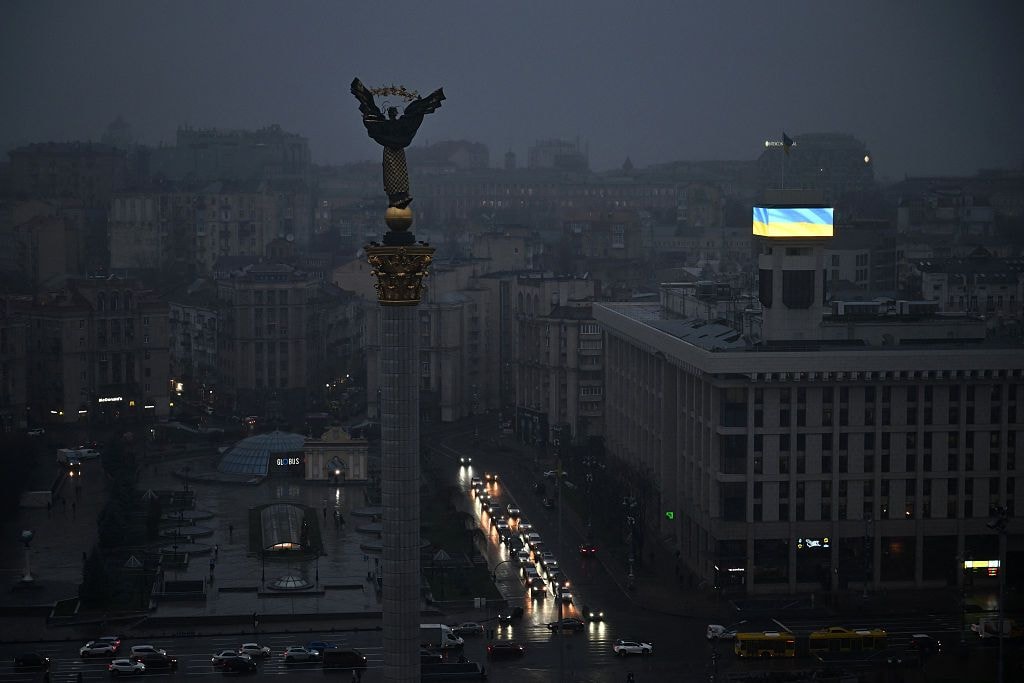
Amid missile shortage, Ukraine's air defenses are struggling under Russian ballistic attacks
Ukrainian rescuers operate at the site of a Russian missile attack in Kyiv, Ukraine, on April 24, 2025, amid the Russian invasion of Ukraine. (Stringer / AFP via Getty Images)
As the air defense missile stocks run low and the future of U.S. military aid to Ukraine grows increasingly uncertain, Kyiv is under pressure to defend its sky.
The concerns mount as Russia scales up its aerial attacks across Ukraine, combining ballistic missiles and drones to overwhelm air defenses. Ukrainian cities, including Kyiv, are "definitely facing a shortage of (air defense) missiles," a source in the Air Force told the Kyiv Independent.
Ukrainian aviation expert Anatolii Khrapchynskyi said that Russia has "radically changed" its tactics by targeting central Ukraine with ballistic missiles — instead of cruise missiles — such as Iskanders and upgraded North Korean variants.
"That's an entirely different level of threat," Khrapchynskyi told the Kyiv Independent.
While Kyiv remains the most protected city in Ukraine with the most prestigious Western air defense systems, the U.S.'s future steps and the worldwide shortage of air defense missiles due to their cost may impact its ability to protect civilians all over Ukraine, including the capital.
Among the most capable Western-provided air defense missiles manning Kyiv's sky is the U.S.-made Patriot, which the U.S. confirmed had been used to shoot down the first Kh-47 Kinzhal hypersonic missile in May 2023.
The Patriot air defense systems have proved to be a game-changer for Ukraine, whose Air Force previously have had to rely on outdated Soviet-era versions to shoot down aerial targets.
Ukraine currently has only eight Patriot systems, two of which are currently not in service, according to the New York Times, which also reported that an additional Patriot system is on its way to Ukraine from Israel as part of a previously arranged commitment.
President Volodymyr Zelensky said in April that Ukraine is ready to purchase additional air defense systems to protect its sky better.

The equipment — and most importantly, the ammunition — are limited in number to effectively use the mobile surface-to-air system for countering ballistic and cruise missiles, forcing Ukraine to conserve them even when Kyiv is under heavy attack, according to military experts interviewed.
Ukraine would ideally need at least two Patriot systems for every major city, such as Kyiv, Lviv, and Dnipro.
Ukraine has to move its six operational Patriot systems, provided by Western allies over time, across the country to defend the sky from Russian missiles and drones, according to Ukrainian aviation expert Kostiantyn Kryvolap.
Ukraine would ideally need at least two Patriot systems for every major city, such as Kyiv, Lviv, and Dnipro, to "more or less reliably" defend it using two radars to detect aerial threats, Kryvolap said.
There are seven cities across the country with a population of over 500,000 people, excluding Russian-occupied territories.
In a plea to Western allies to help defend civilians, Zelensky has repeatedly asked for more Patriots and ammunition for them. Details about the remaining missile stock remain unknown, as Kyiv has tightly guarded the information for operational security.
The shortage of Patriot missiles persists worldwide, as production is complicated and expensive. Kryvolap said that the American manufacturer Lockheed Martin can only produce about 500 a year, which wouldn't be sufficient even if all the produced ammunition were allocated to Ukraine.
The company was awarded a government contract to increase the production of PAC-3 interceptors to 650 missiles per year in 2027.
Kryvolap stressed that at least two Patriot missiles are needed to intercept a ballistic missile with "a more or less high probability."
Meanwhile, Russia constantly attempts to improve its ballistic missiles, posing additional challenges for Ukraine, according to the Air Force. "The enemy is still modernizing ballistic missiles," its spokesman, Yuriy Ihnat, said in April.
Aviation expert Khrapchynskyi pointed out that the interceptor shortage had already become "critical" in 2024 when the delay in Western aid delivery coincided with Russia's deployment of a new combination tactic using Shahed-type drones, ballistic missiles, Kh-47 Kinzhal hypersonic missiles, and Kh-101 and Kh-555 cruise missiles.

"We're facing a shortage of interceptors, limited coverage, and no system can hold out for long without constant resupply," Khrapchynskyi told the Kyiv Independent, underscoring that Ukraine would need at least eight or nine Patriot batteries in total, including at least three just for Kyiv.
"But even the best system is still just a platform. Without missiles, it's just blinking lights," he added.
The sheer number of Russian attacks using ballistic missiles, which are "complex, fast, and often upgraded," have forced Ukraine into an increasingly tough situation, especially with the persisting risk that the U.S. could cut off its military aid to Kyiv again, according to the expert.
Ukraine's air defense capability would likely be the first to suffer should the U.S. withdraw from its military aid again, which could happen "in a matter of weeks," according to John Hardie, deputy director of the Russia Program at the Washington-based Foundation for Defense of Democracies.
Defending cities against Russian and North Korean ballistic missiles without the Patriot interceptors would be "really hard," especially now with a larger number getting through, Hardie said.
The situation could get worse if Russia were to launch a prolonged and sustained missile campaign on Kyiv, launching 10 to 30 missiles a day for a few weeks with small intervals, especially from areas up north, such as Bryansk Oblast or Belarus, according to Polish military analyst Konrad Myzyka, director of the Poland-based Rochan military consultancy.
Myzyka expects Kyiv's interception rate of ballistic missiles to decrease if Russia manages to exhaust Ukrainian air defenses.
The decrease in interception rates is, in turn, an increase in civilian lives lost.










